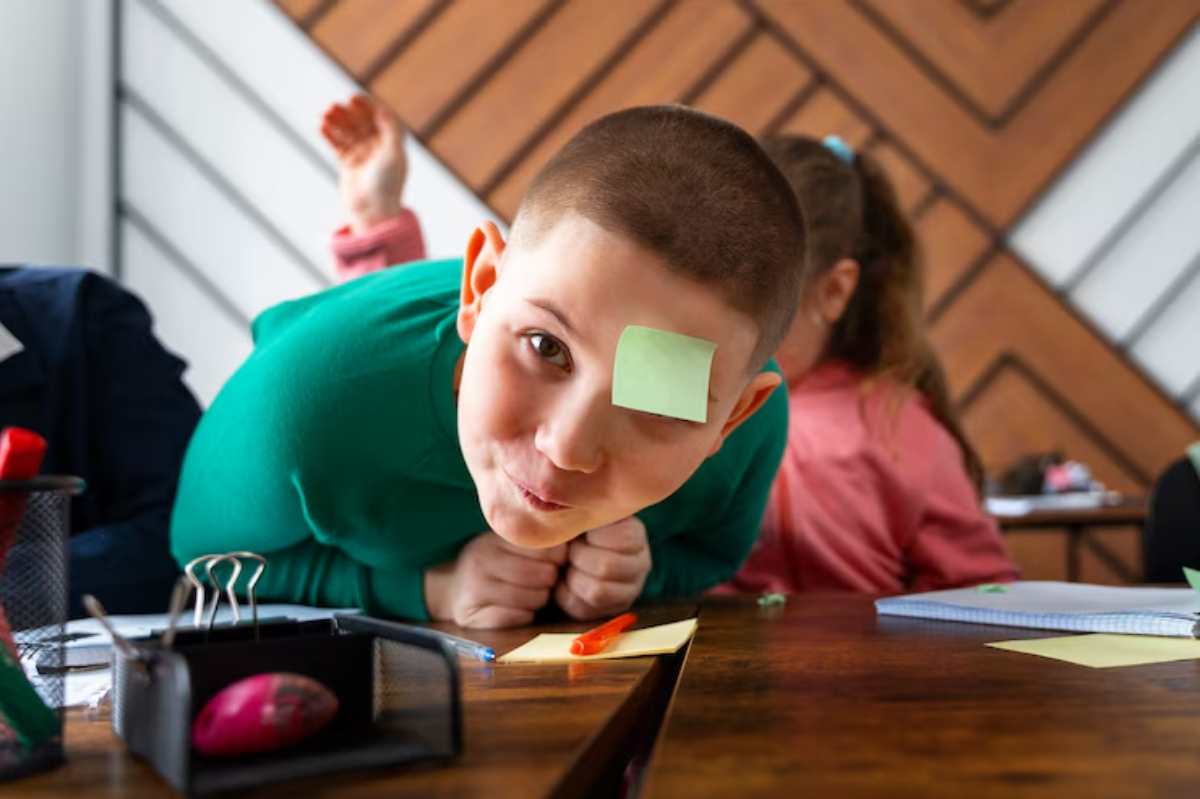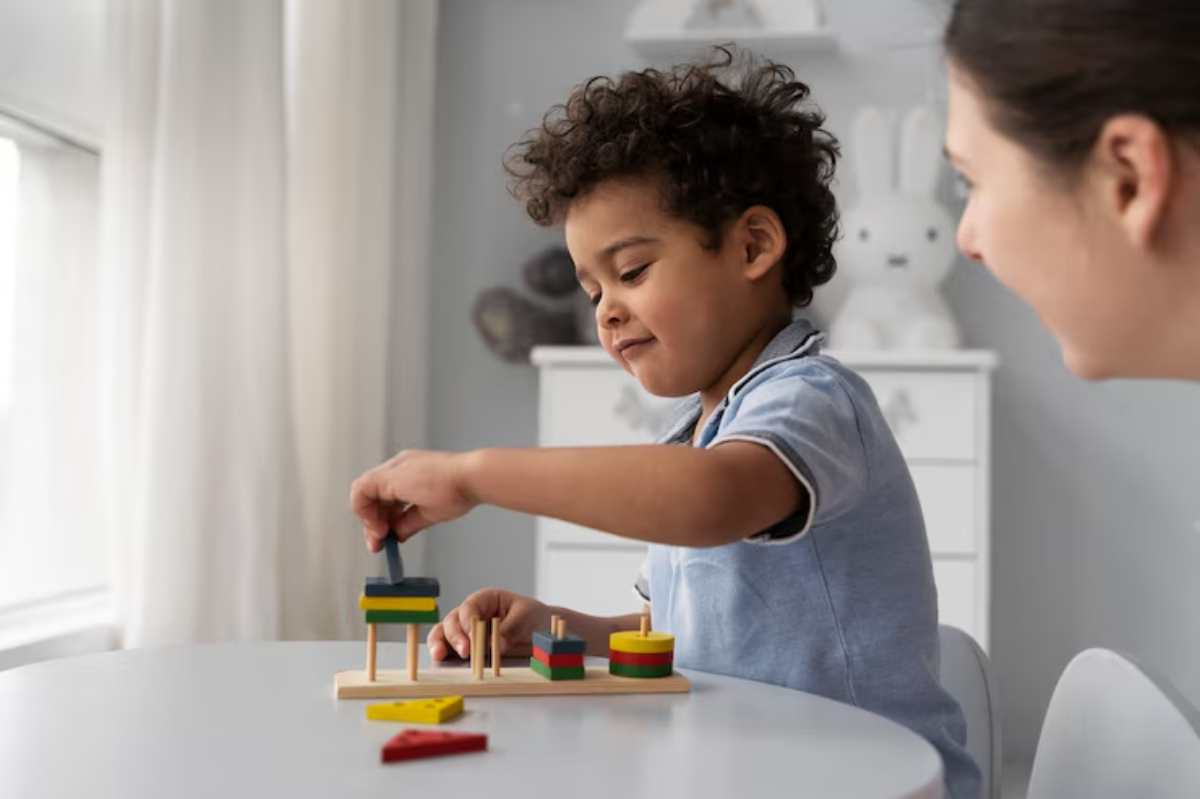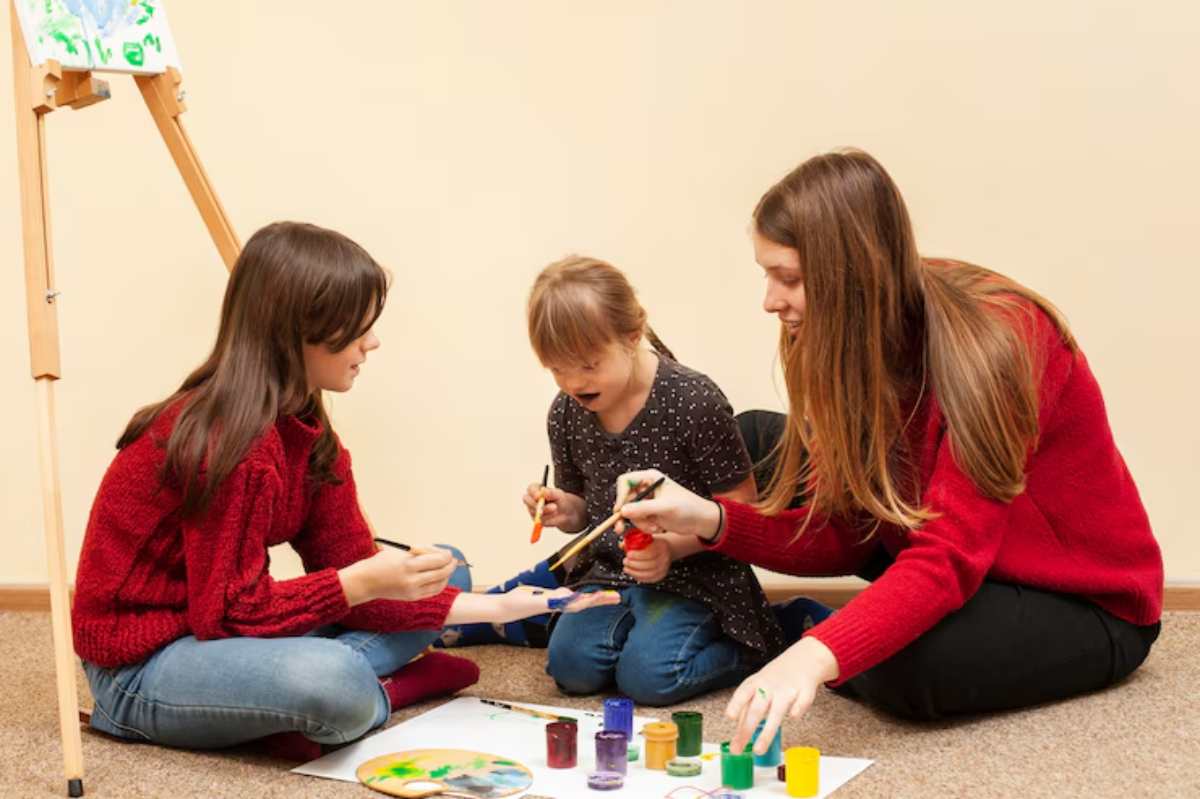
Creating a Structured Routine for Children with ADHD
Daily life can be a real challenge to be the parent of a child with Attention Deficit Hyperactivity Disorder, aka ADHD. But it also presents opportunities to develop support systems that allow kids to thrive. A good daily routine is one of the best tools for ADHD parenting. It offers predictability, reduces stress, and helps keep emotions and behaviours in check.
In this article, you’ll learn what makes structure crucial to a child’s life, particularly a child with ADHD. You’ll learn how to make an adaptable routine that remains regular. You’ll find expert strategies, avoid common mistakes, and customise solutions for your child’s needs.
Why It Matters: The Role of Structure in ADHD Behaviour Management
Children with ADHD often struggle with transitions, impulse control, and staying focused on tasks. Without a routine, their day can feel unpredictable and chaotic, heightening stress levels for both the child and the family. A structured routine provides clarity and a framework, helping children know what to expect throughout the day.
It’s not about being perfect or controlling everything. It’s about creating a steady rhythm that helps with emotional regulation, independence, and learning. For many children, this sense of order becomes a reliable anchor in an otherwise overwhelming world.
Key Benefits of a Structured Routine
1. Predictability Builds Security
Routine offers children a clear sense of what’s coming next. This predictability lowers anxiety. It helps during transitions, like moving from playtime to homework or from dinner to bedtime. When expectations are consistent, children feel safer and more in control.
2. Improves Focus and Reduces Overwhelm

A structured day breaks activities into manageable parts. Children with ADHD often have difficulty filtering distractions and staying on task. Setting aside time for homework, chores, and relaxation helps cut down on choices. This way, they can focus better and stay engaged.
3. Encourages Independence and Accountability
When children know their daily routine, they begin to take ownership of their tasks. Brushing teeth in the morning or packing a school bag at night builds self-discipline and responsibility. Consistency is key.
4. Promotes Better Sleep Habits

Sleep disturbances are common in children with ADHD. A predictable bedtime routine—such as turning off screens, bathing, and reading—helps the brain wind down and signals the body that it’s time for rest. Over time, this routine strengthens the body’s internal clock.
5. Reduces Household Conflict
Routine can cut down on power struggles. When a child expects that playtime ends at a certain hour or that chores follow dinner, there’s less room for negotiation or resistance. Everyone knows the plan, which leads to smoother transitions and fewer arguments.
Additional Expert Tips & Common Mistakes to Avoid
Best Practices for Building a Supportive Routine
Involve Your Child in the Process
Children respond better to routines they help create. Ask them what order they’d prefer for after-school activities, or let them help design a visual schedule. Their input fosters ownership and cooperation.
Use Visual Schedules
Many children with ADHD are visual learners. A wall chart with images or a daily planner with colour-coded tasks can help them understand and remember the structure of their day.
Plan for Transitions
Use cues to signal upcoming transitions, such as setting a timer for the end of screen time or giving a 5-minute warning before moving to homework. These gentle reminders help reduce resistance.
Incorporate Regular Breaks
Children with ADHD need mental breaks. Use the “chunk and break” approach: 20 minutes of focus, followed by 5 minutes of rest. This helps reset attention and avoid overwhelm.
Common Pitfalls to Watch Out For
Over-Scheduling the Day
A packed schedule can cause fatigue and frustration. Leave room for downtime and unstructured play, both of which are important for development and emotional balance.
Being Too Rigid
Consistency is important, but too much rigidity can backfire. Life is unpredictable, and sometimes plans will need to change. Flexibility allows you to adapt without derailing the overall structure.
Ignoring the Importance of Sleep
Many routines fall apart at night. If bedtime isn’t consistent, children may struggle with concentration and behaviour the next day. Make sleep a non-negotiable part of the routine and follow it even on weekends.
Advanced Insights and Expert Recommendations
Customisation is Key
Every child with ADHD is different. Some may benefit from a calm, quiet morning; others may need physical activity to release energy before school. Observe your child’s behaviour and adjust the routine accordingly. There is no one-size-fits-all plan.
Build Routines Around Strengths
Note when your child is most alert or motivated. Take up the tough tasks in times of high energy and leave the low-end for downtime. This increases the likelihood of success and decreases frustration.
Include Emotional Regulation Tools
Incorporate small practices that support emotional well-being. You could try a two-minute breathing exercise before school. Journaling at bedtime is another option. Also, using a “feelings chart” during transitions can help. These habits teach your child to pause, reflect, and manage emotions more effectively.
Use Technology Thoughtfully
Some apps can be beneficial—like digital planners, reward trackers, or timers—but screen time should be used with care. Choose tools that promote focus and limit passive consumption.
Collaborate with Professionals
There is always occupational therapists, behaviour specialists or school counsellors. These are experts who can provide tailor-made guidance. This can be useful if your child struggles with transitions, time management issues or sensory sensitivities.
Structure as a Pathway to Calm and Confidence
A structured routine is not just a parenting tool; it’s essential for helping children with ADHD manage daily life. It meets their need for consistency, boosts confidence, and gives them stability. This way, they can view the world through their own lens. It will also help them enhance their social skills.
Routines aren’t about strictness — they’re about support. Start small. Choose one part of the day — mornings or bedtimes — and expand from there. This routine will evolve over time as your child’s needs change and abilities.
It’s okay if things don’t all go right. What is important is that you are committed to creating a predictable, nurturing environment where your child can thrive. The key to integrating these circumstances into your life lies in your approach.


